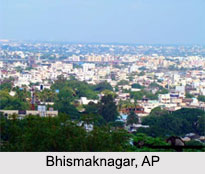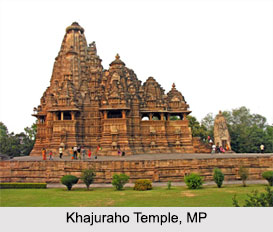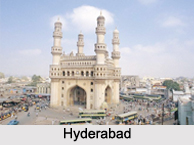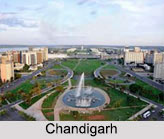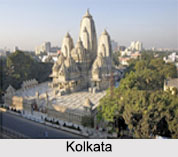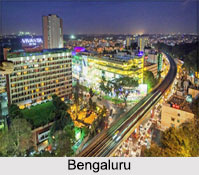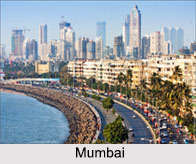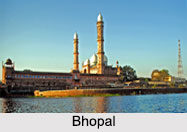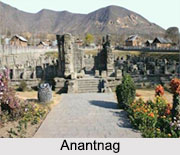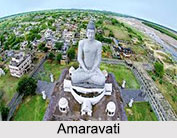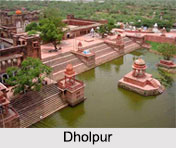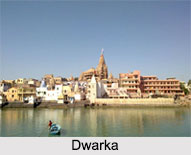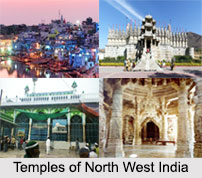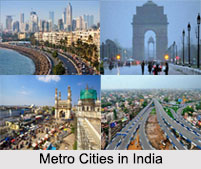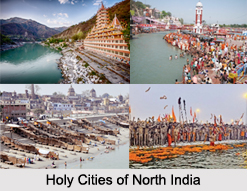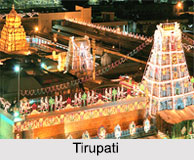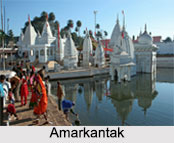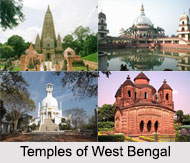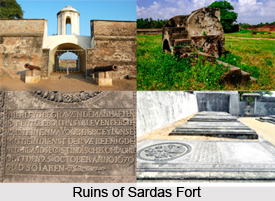 Sadras located on India`s Coromandel Coast in Kanchipuram District in Tamil Nadu. Sadras is known for historical monuments and temples. Here lies the fort that belonged from the Dutch East India Company.
Sadras located on India`s Coromandel Coast in Kanchipuram District in Tamil Nadu. Sadras is known for historical monuments and temples. Here lies the fort that belonged from the Dutch East India Company.
Location of Sadras
Sadras is a fortress town located in 70 km south of Chennai. Sadras is a renovated and new form of the ancient town of Saduranga pattinam.
Geography of Sadras
The town of Sadras is located close to the atomic power plant known as Madras Atomic Power Station and the atomic research centre, Indira Gandhi Centre for Atomic Research - IGCAR. Sadras is connected to Kalpakkam through two bridges.
History of Sadras
An inscription has been found here in Sadras that dates back to 1359. As per the inscription the town was earlier known as Rajanarayanan Pattinam after a Sambuvaraya chieftain. The town has a temple dedicated to Lord Vishnu for which it is also known as Sadiravasagan Pattinam. Later it was again named as Sadurangapattinam and then again changed to Sadirai. Later the British re-named it as Sadras. The Battle of Sadras between the British East India Company and the Dutch stated here. It was a port with international contacts, the main export being Muslin cloth besides pearls and edible oils.
Tourism in Sadras
In the seventeenth century the modern town of Sadras was established as part of Dutch Coromandel. Earlier it served as a weaving centre for superfine muslin cloth. These were then exported besides pearl and edible oil. Sadras Fort spread over a large acre of land has been constructed by the Dutch for commercial purposes. The fort encloses a stable, a huge granary and various other structures to mount elephants. Presently only one of these structures survives. In the year 1818 the British raided the fortress and brought it under the possession of the British East India Company. The fort is now maintained by the Archaeological Survey of India. Many restoration works have been carried out in the fort since the year 2003 that led to some archaeological findings. Sadras Fort houses several well decorated cemeteries dated between 1620 and 1769. The Fort Walls and Bastions, Cemetery, Secret Chambers, Warehouses are found in the Sardas fort.
